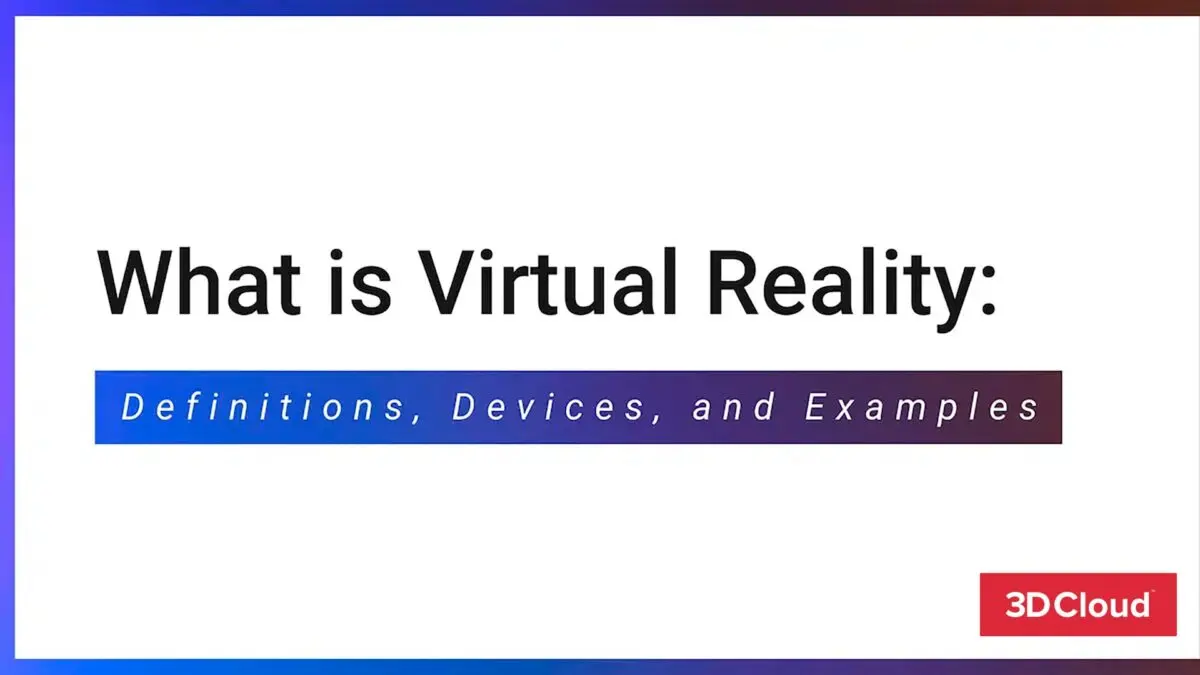
Imagine you’re not just looking at a new car on a screen. You’re sitting in the driver’s seat, hearing the soft purr of the engine, and gazing out at a scenic coastal road. You can almost feel the leather steering wheel. That’s the power of virtual reality—it’s not just a viewing tool; it’s an experience machine. And for sales, that changes everything.
Here’s the deal: traditional sales psychology relies on convincing a customer. VR sales psychology is about immersing them. It’s the difference between telling someone a cake is delicious and letting them taste a warm, gooey slice. The principles of influence still apply, but they’re supercharged in a world you can control down to the last pixel. Let’s dive into how you can leverage this.
The Immersive Edge: Why VR Changes the Game
Our brains are, frankly, not great at distinguishing between a vividly real memory and a vividly imagined one. VR exploits this beautifully. It creates a powerful sense of psychological ownership long before a purchase is made. You don’t just want the product; you feel like you already have a piece of it.
Think about it. A real estate agent can show you a hundred pictures of a house. But when you put on a headset and virtually walk through the empty living room, picturing your own sofa by the fireplace… that house stops being a listing and starts feeling like a home. That emotional shift is the entire ballgame.
Key Psychological Levers in a Virtual Space
So, which specific psychological triggers can you pull? A few are particularly potent.
The Power of Presence and Agency
Presence is that “being there” feeling. Agency is your ability to interact with that world. Combined, they create an unparalleled sense of control. A customer configuring a custom-built computer in VR—choosing the components, watching them assemble in 3D, and then virtually powering it on—invests mental energy. They’ve built it. This is a direct application of the IKEA Effect, where users place a higher value on products they’ve partially created.
Social Proof in a Digital World
Sure, you can read reviews. But what if you could attend a virtual product launch with dozens of other avatars? Or see a “most popular” item highlighted on a virtual shelf? Or, even better, have a friend’s avatar join you to try on digital outfits together? This shared experience makes social proof tangible and immediate, combating the isolation that can sometimes come with online shopping.
Scarcity and Urgency, Reimagined
In a flat, 2D e-commerce site, a “Only 3 Left!” message is text. In a VR store, that limited-edition sneaker could be on a slowly descending pedestal, with a counter showing available units dwindling in real-time. You create a visual, spatial, and temporal urgency that’s far more compelling than a simple line of red text.
Designing for the Virtual Mind: A Practical Framework
Okay, so the theory is solid. But how do you actually build this? It’s not just about porting a website into 3D. You have to design for the human inside the headset.
1. Onboard with Care
Not everyone is a VR native. A clunky, confusing entrance can cause frustration and, worse, motion sickness. The first experience must be seamless. Use intuitive gestures, provide clear but unobtrusive instructions, and let users acclimate at their own pace. Think of it as a friendly guide, not a rigid tutorial.
2. Master the Sensory Details
This is where you win. It’s the subtle details that build believability. The sound of footsteps changing from tile to carpet. The way light glints off a polished surface. The haptic feedback of a virtual button click. These sensory cues build a coherent—and convincing—world. Don’t overload them, but choose your details wisely for maximum impact.
3. Guide Attention Naturally
In a 360-degree environment, you can’t just assume users will look where you want. You have to guide them. Use light, sound, and motion to subtly direct focus. Perhaps a gentle glow draws the eye to a new product, or a soft chime indicates an interactive element. It’s environmental storytelling, not a hard sell.
| Psychological Principle | 2D E-commerce Tactic | VR Experience Tactic |
| Social Proof | Customer review stars & testimonials | Live avatar interactions & shared virtual spaces |
| Scarcity | “Only 2 left in stock” message | Visual depletion of a 3D product from a virtual shelf |
| Ownership (Endowment Effect) | Wishlists and saved carts | Personalized virtual showrooms and product customization |
The Human Touch in a Digital Space
This might sound counterintuitive, but the goal of great VR is to feel more human, not less. The biggest mistake is creating a cold, sterile simulation. You know, the kind that feels like a tech demo from 2005.
Infuse warmth. Allow for playful, unexpected interactions. Let a user throw a virtual ball against a wall while they think. Add a quirky, non-essential detail to your virtual environment that someone might discover and smile at. These “imperfections” are what make an experience memorable and authentic. They build an emotional connection that transcends the hardware.
A Glimpse at What’s Next
The line is already blurring. With the rise of the metaverse and more sophisticated haptic technology, we’re moving towards a future where virtual try-ons are indistinguishable from the real thing. The pain point of not being able to “try before you buy” online is on the verge of extinction for many product categories.
Honestly, the businesses that will win are the ones thinking about VR not as a gimmick, but as a fundamental new channel for building trust and rapport. It’s the ultimate empathy machine for sales, letting you step directly into your customer’s imagined reality.
So the question isn’t really if you should consider VR. It’s about what kind of world you want to build for the people you hope to serve. A world that merely displays products, or one that lets them live, even for a moment, inside the promise of what those products can do.







